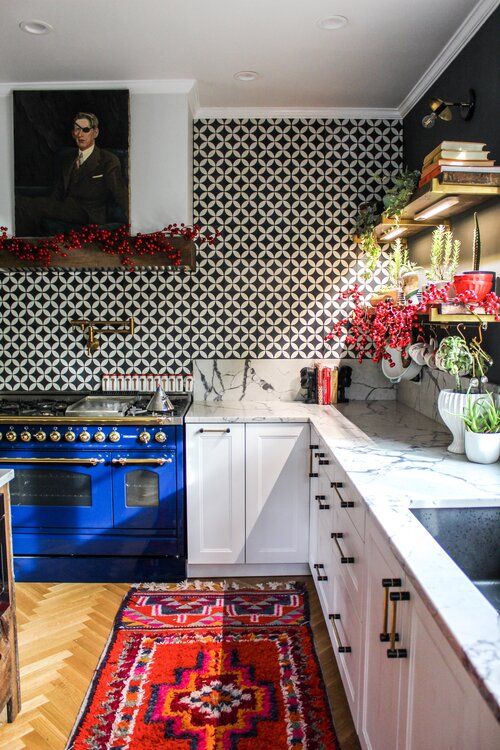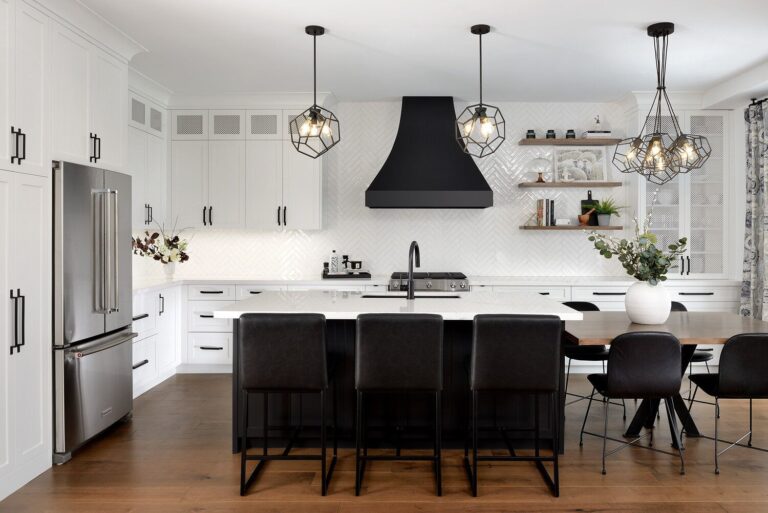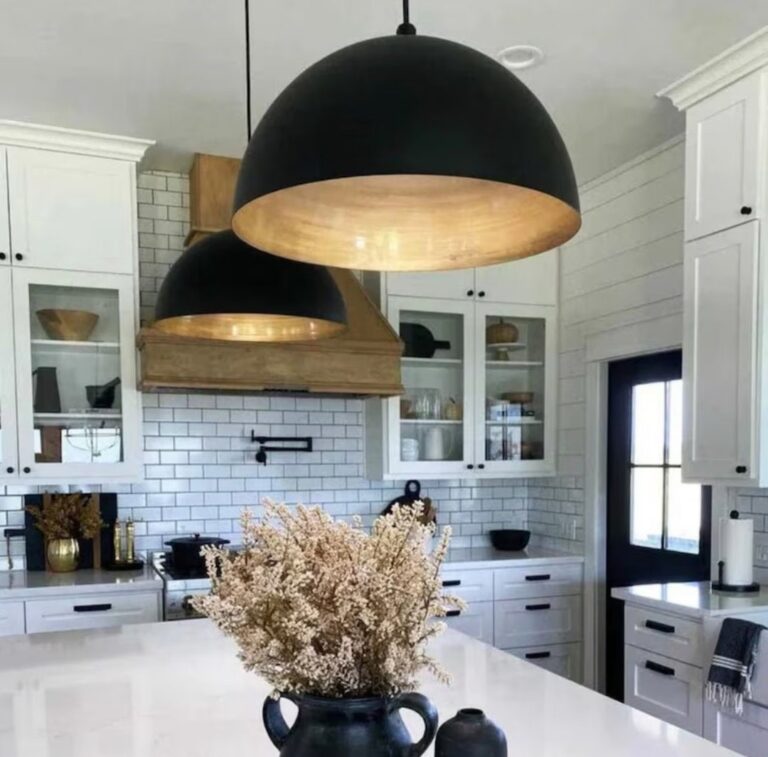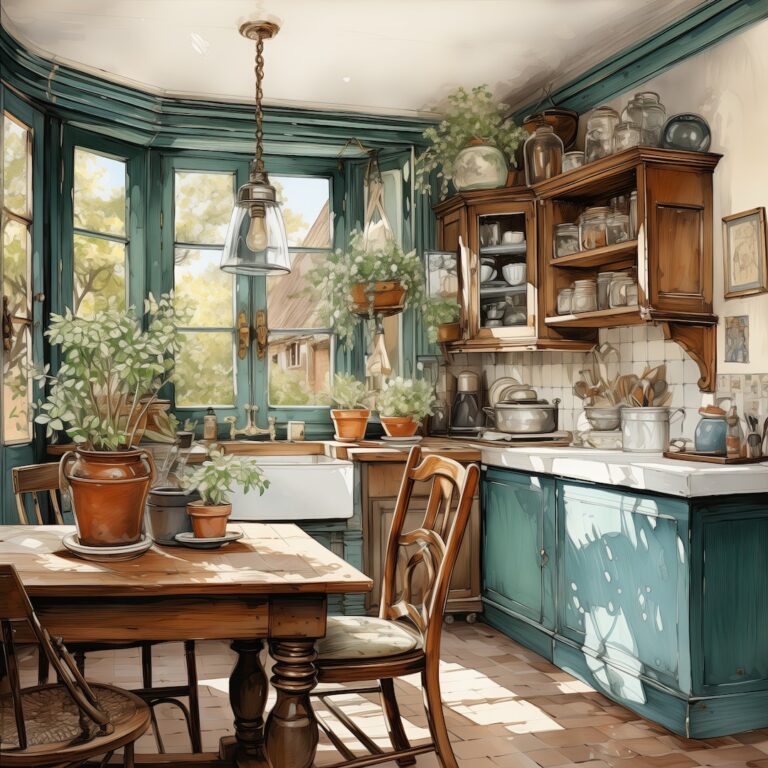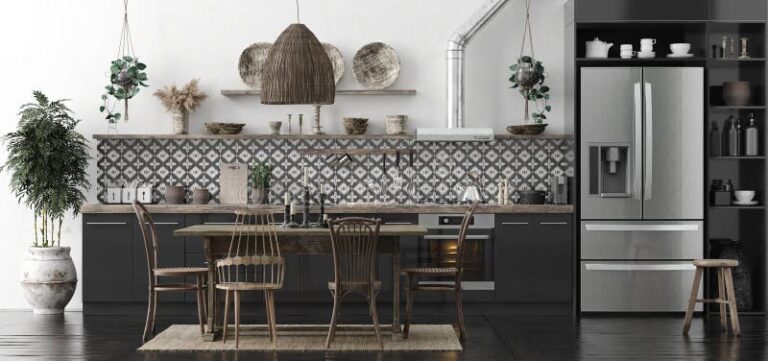Timeless Kitchen Design Trends from 1920s to Now
Timeless Kitchen Design Trends: A Historical Journey
The kitchen, the heart of any home, has evolved over the years, reflecting the changing lifestyles and aesthetic preferences of society. From the opulent kitchens of the 1920s to the sleek and minimalist designs of today, kitchens have come a long way.
In this article, we’ll take a historical journey through some of the most enduring kitchen design trends, showcasing iconic elements and providing tips on how to incorporate them into your own space.
1. The Roaring Twenties: Art Deco Elegance
The 1920s was a period of glamour and excess, and kitchens reflected this opulence. Art Deco kitchens featured bold colors, geometric patterns, and luxurious materials. Chrome and stainless steel accents added a touch of shine, while built-in appliances conveyed a sense of modernity.
Tip: Add a touch of Art Deco to your kitchen with geometric tiles, metallic accents, and sleek black cabinetry.
2. The Post-War Era: Functionality and Convenience
The post-World War II era saw a shift towards more functional and efficient kitchen designs. The emphasis was on maximizing space and simplifying tasks. Built-in appliances became more common, and work triangles (the arrangement of the sink, refrigerator, and stove) were carefully planned for efficiency.
Tip: Create a functional work triangle by placing your sink, refrigerator, and stove within a few steps of each other.
3. The 1970s: Bold Colors and Earth Tones
The 1970s brought a wave of bold colors and earthy tones to kitchen design. Harvest gold, avocado green, and burnt orange were popular choices for appliances and cabinetry. Natural materials such as wood and stone were also widely used, creating a warm and inviting atmosphere.
Tip: Embrace the 70s vibe with bold yellow or green cabinetry and natural wood accents.
4. The 1980s: White and Bright
The 1980s marked a shift towards brighter and more airy kitchen designs. White cabinetry and countertops became popular, while fluorescent lighting illuminated the space. Glass and chrome accents added a touch of modernity and helped create the illusion of more space.
Tip: Paint your kitchen cabinets white or install white countertops to create a brighter and more spacious feel.
5. The 1990s: Traditional Charm and Rustic Appeal
The 1990s saw a resurgence of traditional kitchen design elements, such as raised-panel cabinetry, crown molding, and granite countertops. The use of natural materials such as wood and stone became more prevalent, creating a warm and inviting space.
Tip: Add traditional charm to your kitchen with crown molding, raised-panel cabinets, and a butcher block countertop.
6. The 2000s: Modern Minimalism and Open Concepts
The 21st century brought a focus on minimalism and open concepts. Kitchens became more streamlined, with sleek cabinetry, hidden appliances, and clutter-free countertops. Large islands provided additional workspace and seating, while open floor plans allowed for easy flow between the kitchen and adjoining living areas.
Tip: Create a minimalist kitchen with clean lines, hidden storage, and a clutter-free layout.
7. Today’s Trends: Sustainability and Technology
Current kitchen design trends prioritize sustainability and technology. Energy-efficient appliances, recycled materials, and low-flow fixtures are becoming more common. Smart technology, such as voice-activated appliances and remote monitoring, is also making kitchens more user-friendly.
Tip: Incorporate sustainable materials, energy-efficient appliances, and smart technology into your kitchen design.
Conclusion
Kitchen design trends have evolved dramatically over the years, reflecting the changing lifestyles and preferences of society. From the opulent Art Deco kitchens of the 1920s to the minimalist and sustainable designs of today, each era has left its mark on kitchen design. By understanding these trends and incorporating timeless elements into your own space, you can create a kitchen that is both functional and aesthetically pleasing.
FAQs
Q: What are the most important things to consider when designing a kitchen?
A: Functionality, space planning, aesthetics, and your personal preferences.
Q: What are some current kitchen design trends?
A: Sustainability, minimalism, open concepts, and smart technology.
Q: How can I incorporate timeless elements into my kitchen design?
A: Use classic materials such as wood and stone, choose neutral colors, and opt for simple and elegant designs.
Q: What are some tips for creating a functional kitchen layout?
A: Plan a work triangle, maximize storage, and ensure there is enough natural light.
Q: How can I make my kitchen more sustainable?
A: Use energy-efficient appliances, install LED lighting, and incorporate recycled materials.

